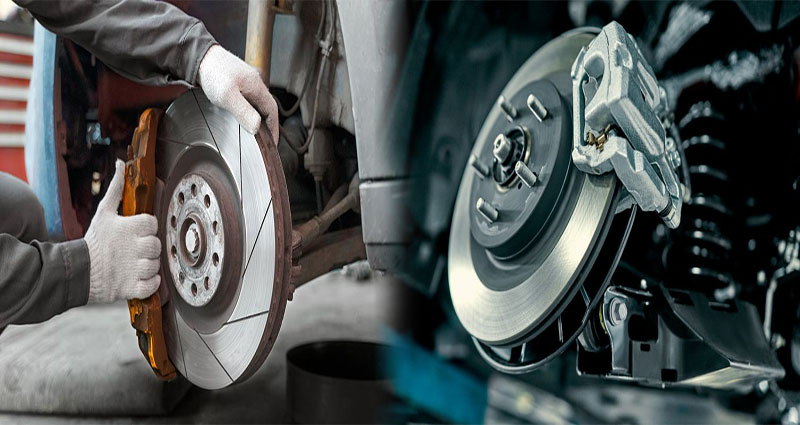As an automotive technician, the responsibility of ensuring the safety and proper functioning of a vehicle’s braking system is paramount. Performing brake inspections is a critical aspect of the comprehensive range of tasks that automotive technicians undertake.
The primary goal of brake inspections is to assess the condition of the braking system and identify any potential issues or wear that may compromise the vehicle’s ability to stop effectively. A thorough brake inspection involves a systematic approach and attention to detail, as well as an understanding of the various components that make up the braking system.
To begin with, an automotive technician will typically start by visually inspecting the external components of the braking system, including the brake pads, rotors, calipers, and brake lines. This examination allows the technician to identify any visible signs of wear, corrosion, or damage to these critical components.
Subsequently, the technician will often proceed to measure the thickness of the brake pads and inspect the condition of the brake rotors. By using specialized tools and techniques, they can determine whether the brake pads have worn down to a level that necessitates replacement and assess the integrity of the rotors to ascertain if they are within optimal specifications.
The comprehensive nature of brake inspections may also involve assessing the brake fluid level and condition, as well as checking for any leaks or abnormalities in the hydraulic system. Additionally, the technician will conduct a test drive to evaluate the overall performance of the braking system, paying close attention to any irregularities in braking responsiveness, noise, or vibrations.
Moreover, the use of diagnostic equipment and technology can aid in the precision and accuracy of brake inspections. For instance, automotive technicians may utilize tools such as brake fluid testers, electronic brake wear sensors, and computerized diagnostic systems to supplement their visual and manual assessments.
Ultimately, the outcome of a brake inspection will inform the automotive technician’s recommendations to the vehicle owner regarding any necessary repairs or maintenance. This may involve advising on brake pad replacement, rotor resurfacing or replacement, brake fluid flushes, or addressing any other identified issues that affect the braking system’s performance and safety.
The execution of brake inspections as part of comprehensive automotive technician responsibilities underscores the critical role that technicians play in upholding vehicle safety and functionality. By adhering to meticulous inspection protocols and leveraging their expertise, automotive technicians contribute significantly to maintaining the optimum performance and reliability of a vehicle’s braking system, ultimately ensuring the safety of its occupants and the public.










